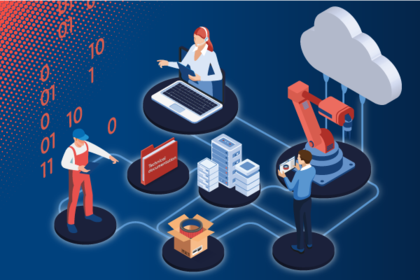From CapEx to OpEx Part 4: New Business Models - Efficient Services
Published:
2021-11-25
Updated:
2025-03-26
Digitalization, IoT, and global networking - these three trends allow for the complete transformation of business models. In many cases, customers aren’t buying what they actually need, but instead they are purchasing a tool that allows them to obtain the thing they want. For example, the customer doesn’t need a compressor - what they need is compressed air. The compressor requires space, energy, and maintenance, and necessitates a high initial investment which takes years to offset and ties up capital.
![QSS_Preview_Produktblog_Serviceactivities_2_.png [Translate to Englisch:] Quanos InfoTwin Service Activities](/fileadmin/Quanos_Solutions/_processed_/0/2/csm_QSS_Preview_Produktblog_Serviceactivities_2__43edb3d112.png)

![QSX_Preview_CXMaschinenbau.png [Translate to Englisch:] Customer Experience im Maschinenbau](/fileadmin/Quanos_Solutions/_processed_/b/5/csm_QSX_Preview_CXMaschinenbau_b4985bdf86.png)